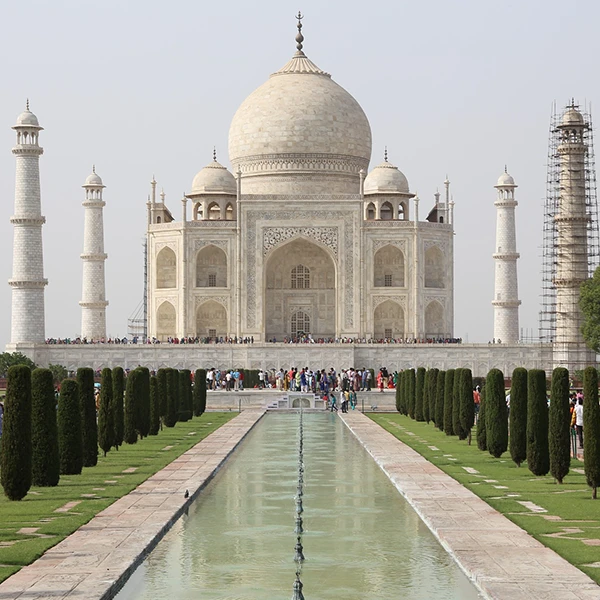Spectrophotometer To Measure Tourism Effects/Environmental Effects on Architecture

The breakdown of materials and physical damage to architecture is often visible, but there may be much more that we are unable to see with the naked eye. Monumental landmarks attract hundreds of thousands of tourists every year. In order to ensure that these locations are preserved to last for years to come, the effects of tourism and environmental pollution due to tourism – must be measured. Many prime tourist locations would benefit from studying the long-term effects of continuous visitors. This is where instruments such as the spectrophotometer becomes useful. A spectrophotometer can detect subtle differences in color than the human eye is unable to distinguish. The different values measured by the spectrophotometer can reveal how parts of the structure may have changed relative to each other. Plus, future measurements can be compared to past measurements over time to check for continuing damage. This can show how quickly changes take place or whether certain factors cause more decay or damage than others.
One landmark that is currently interested in starting to log the impact of tourism is the Taj Mahal. Structures with this magnitude of traffic are very susceptible to distress. For example, when an Urs celebration is held in the Taj Mahal, an overabundance of people are crowded into the building. This results in a large amount of sweat left behind in the form of water. So much so that the residue must actually be excavated from the premises after they leave. This type of activity has an effect on the structure itself. It can slowly erode the precious marble or wear away parts of the foundation over time.
Another direct effect from visitation is the pollutants formed from people constantly breathing inside the building. In the first phase of evaluation, a special spectrophotometer that monitors air quality has been installed to measure nine of these gaseous pollutants.
Also, vehicles are driven in close proximity to the building as tourists visit the landmark. In combination, all of these things can affect the paint or surface and may even have a structural impact on the foundation of the Taj Mahal.
Once all these information are collected and studied, the tourism industry can make decisions on how to protect the monument’s ecosystem in the future so that it is less affected by visitors. Cost is also an additional important factor that can be evaluated with this information. The tourism impact has a direct effect on the costs associated with the preservation and potential restoration of structures such as the Taj Mahal in the future. It may be crucial to perform a cost-benefit analysis on whether the money collected through tourism outweighs the possible damage done to the building.
As the study continues, long term data from the spectrophotometer and other instruments will be essential to extending the life of the Taj Mahal and other high-profile buildings and monuments.
Visit sensing.konicaminolta.asia for more information on spectrophotometers and their uses in various industries.
About the Author: Alan Chua
Alan Chua is the Assistant Manager of Konica Minolta Sensing Singapore Pte Ltd. Graduated from an electrical engineering background, he is mainly involved in sales, seminar, training and coaching in the field of light and color management. In his 18 years of experience in managing and providing solutions to the many industrial applications, he has also conducted color seminars and workshops to educate the industry on instrumentation technologies and color science. He was also invited as speaker for The Academy of Fashion Professions (TaF.tc) seminar which is the training arm of Textile & Fashion Federation (TaF.f). He was also the speaker for the Color Cosmetics Conference.

